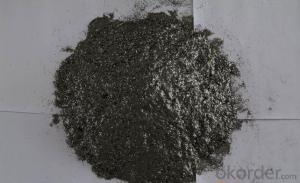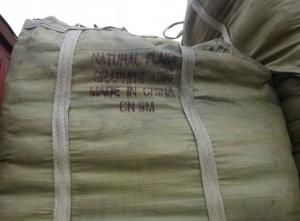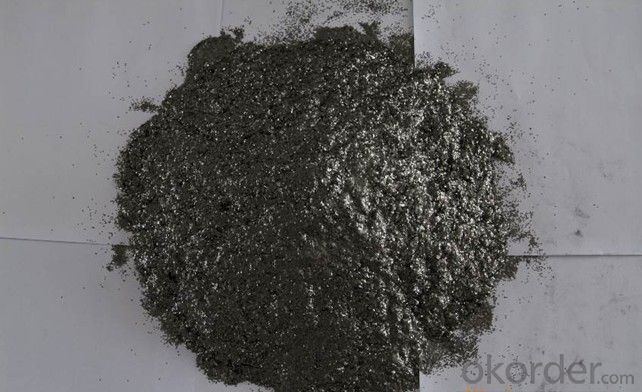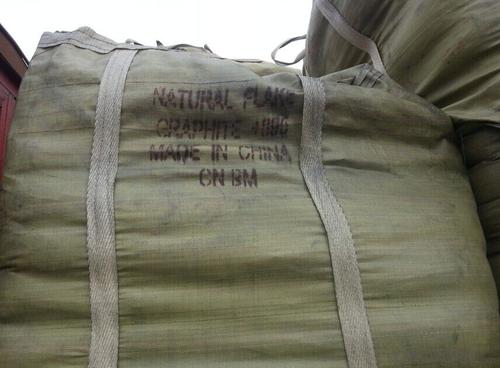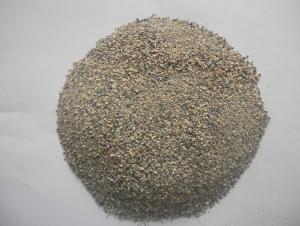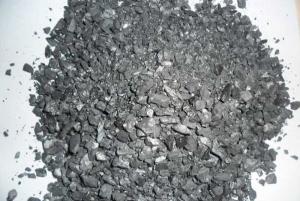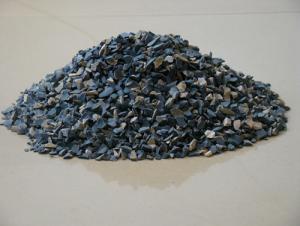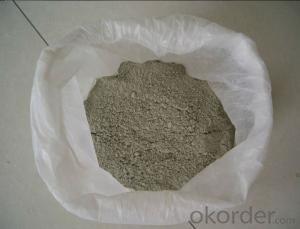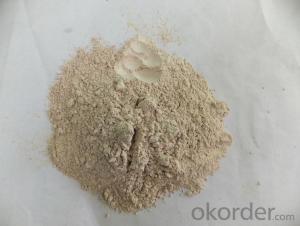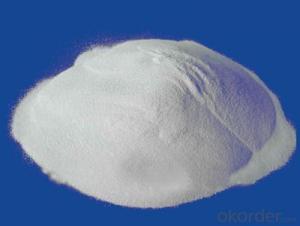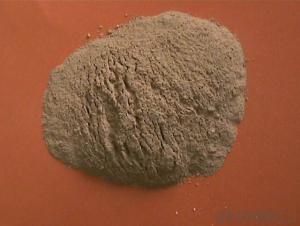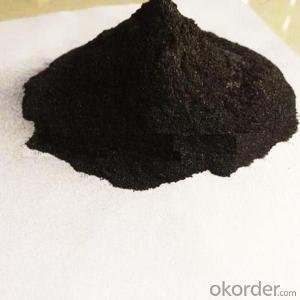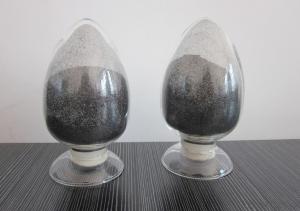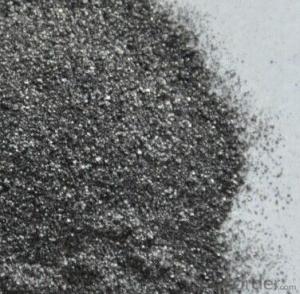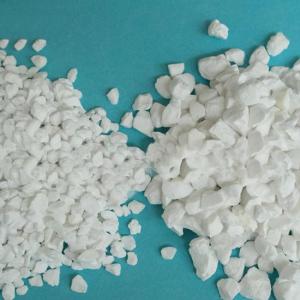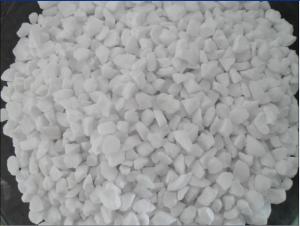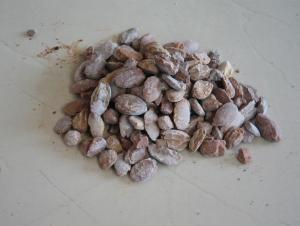Raw Materials for Refractory - Natural Flake Graphite NFG
- Loading Port:
- Tianjin
- Payment Terms:
- TT OR LC
- Min Order Qty:
- 0 m.t.
- Supply Capability:
- 20000 m.t./month
OKorder Service Pledge
OKorder Financial Service
You Might Also Like
Natural Flake Graphite For Refractory NFG
Natural flake graphite powder
1.carbon content:80%-95%
2.Size: -200mesh, -300mesh,-100mesh or according to customers requirement
package
25kg bag
Advantage
Perfect crystallization,thin flake,good flexibility,excellent chemical and physical properties,superior conductivity,self-lubricity and resistance to temperature,corrosion and hot shock,and much more.
Usage
Crystalline flake graphite is widely used as an essential nonmetallic mineral in almost all industries. It can be used as high-quality refractory material or coatings in metallurgical industry, black lead.
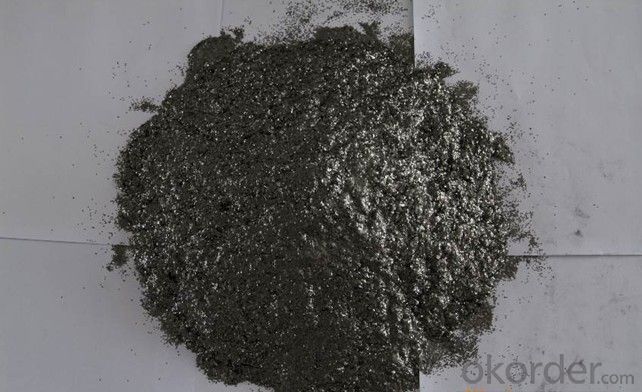
- Q: What is refractory brick?
- Capability1. Refractory brick is also known as firebrick. It is faint?yellow or brownish. Refractory brick with 770 ℃ at high temperatures is called for short firebrick. It is mainly used for building and smelting furnace. It is a refractory material made by fring refractory clay or other refractory material.
- Q: What are the applications of refractory in petroleum?
- It can be used in chemical filler.
- Q: What is the magnesium carbon refractory?
- The composition of refractory brick There are many types of raw materials of refractory brick, mainly divided into six categories: Soil, stone, sand, mineral, power and others. The first kind of raw material, soil: Aluminum soil, kaolin, clay, diatomaceous earth The second kind of raw material, Stone: Fluorite, kyanite, andalusite, forsterite, vermiculite, mullite, pyrophyllite, chlorite, dolomite, sillimanite, magnesia-alumina spinel, silica The third kind of raw material, sand: Pottery, zircon sand, quartz sand, magnesite The fourth kind of raw material, ore: Chrome ore The fifth kind of raw material, powder: Aluminum powder, silica powder, silicon powder The sixth kind of raw material of refractory brick, others: Asphalt, graphite, phenolic resins, perlite, cenosphere, sialon, corundum, silicon sulfate, silicon carbide, sodium silicate, silica solution, boron carbide, calcium aluminate cement, nitride material, shale ceramisite, alumina, alumina sol and zirconia, etc.
- Q: What are the common refractory insulation cotton material?
- Fire resistant thermal insulation material mainly refers to inorganic thermal insulation material and compround thermal insulation material. According to the shape can be divided into: Fibrous finishes, slag wool, rock wool, glass wool, aluminum silicate cotton. ceramic fiber, micro pile of diatomite, calcium silicate, expanded perlite, expanded vermiculite, aerated concrete etc., foam like bubble glass, volcanic ash glass, foam clay, foaming concrete, paste powder polystyrene particles insulation slurry Their common characteristics is fire resistant, applicable for buildings that have high requirement for fire resisitance level. Calcium silicate, aluminum silicate, asbestos, etc. can also be used for thermal insulation of high temperature heat transfer pipe. I hope my answer can help you
- Q: What is the new fireproofing standard of external wall thermal insulation materials?
- The new national standard "Fireproof? Specification of Building Design" (GB50016-2014) has been issued, it will be carried out from May 1, 2015. Compared with "Fireproof? Specification of Building Design" GB 50016-2006 and "fire?safety?rules of tall buildings design" GB 50045-95 (2005 edition), the major changes of new standard is the following: 1. It has combined with "Fireproof? Specification of Building Design" and "Fireproof? Specification of Tall Buildings Design", and has adjusted incompatible requirements between two standards, and has unified the classification of residential buildings in accordance with the building height; 2. It has increased two chapters including the fire-fighting rescue facilities and wooden structures, and has improved the requirements for fire fighting and rescue, and standardized the fireproofing requirements of wood construction; 3. Additional requirements for the fireproofing requirements of building external insulation system; 4. The fire-fighting equipment is written in a separate chapter and improve relevant contents; cancel the design requirements of fire water supply system and smoke control system, and they are regulated by the relevant national standards; 5. appropriate increase in the high-rise residential buildings and fireproofing technical requirements for high-rise civil building whose height is greater than 100m; 6. add the fireproofing requirements used by covered pedestrian during evacuation; adjust and add designers density of construction materials, furniture, lighting shops and exhibition hall; 7. add the fireproofing requirements of underground warehouses, logistics buildings, large combustible gas tank (zone), ammonia storage tanks, LNG storage tank, and adjust the fire?separation distance of liquid oxygen tank; 8. improve the relevant requirements to prevent vertical or horizontal spread of building fire.
- Q: Refractories for iron-making blast furnace?
- Cement kilns?
- Q: The manufacturing technique of refractory material
- The major components of alkaline refractory material include magnesium oxide and calcium oxide. The commonly used alkaline refractory material is magnesia bricks. The magnesia bricks with 80%~85% magnesium oxide has good resistance to basic slag and slag and higher refractoriness than clay bricks and silica bricks. It is mainly used in open hearth, oxygen blowing of converter, electric furnace and smelting non-ferrous metal equipment and other high temperature equipment. Refractory materials applied on special occasions include high temperature oxide refractory materials such as alumina, lanthanum oxide, beryllium oxide, calcium oxide, zirconium oxide, etc., refractory compounds such as carbide, nitride, boride, silicide and sulfide, etc., and high temperature composite materials, including metal ceramics, high temperature inorganic coating and fiber reinforced ceramics, etc. Consult and find reference for efractory materials production equipment, go to http://hi.baidu.
- Q: What are the differences of ceramics and refractories? Is the ceramics belonging to refractories?
- Ceramic pottery ceramic collectively known species of high water absorption and low-grade sinter clay brick, tile-like material; high stone kinds of porcelain clay plus clay and other raw sintered body strength, low water absorption bowls, plates and other kinds of refractory high temperature structural materials are all non-machine ceramic refractory metal material belonging to a broader definition of ceramic refractory ceramic can be attributed to the high temperature ceramic refractory.
- Q: how long is the fire endurance of plasterboard?
- fireproof endurance can reach a maximum of 4hours, suitable for a variety of public buildings firewall, and partitions for public exit passageway, reaching standard level of fireproof. the lightweight partition made of gypsum board and steel stud is mainly for dividing architecture space. Rock wool can be filled in the mddle according to its design requirements, using different series of gypsum board, steel stud. the walls may have fire resistance and sound insulation property of various degrees.
Send your message to us
Raw Materials for Refractory - Natural Flake Graphite NFG
- Loading Port:
- Tianjin
- Payment Terms:
- TT OR LC
- Min Order Qty:
- 0 m.t.
- Supply Capability:
- 20000 m.t./month
OKorder Service Pledge
OKorder Financial Service
Similar products
Hot products
Hot Searches
Related keywords
